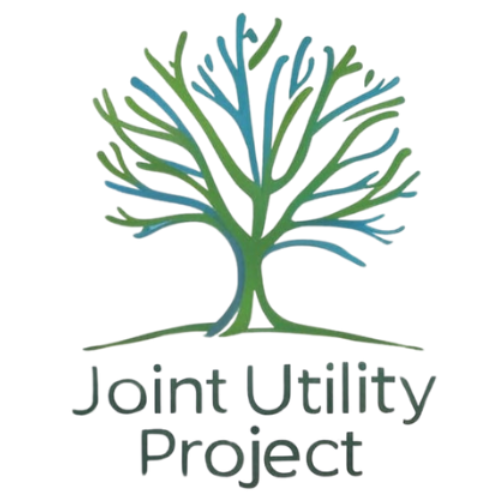California 2045 Energy Mandates
Share
California’s 2045 energy mandates focus on achieving 100% clean, carbon-free electricity and carbon neutrality across the state’s economy. Below is an overview of the key policies and their implications.
Key Mandates
1. 100% Clean Electricity (Senate Bill 100, 2018)
California aims to source 100% of retail electricity sales from renewable and zero-carbon sources by December 31, 2045.
-
Interim Targets:
- 60% renewable energy by 2030
- 90% clean electricity by 2035
- 95% clean electricity by 2040
- Eligible Sources: Solar, wind, geothermal, small hydroelectric, large hydroelectric dams, and nuclear power.
- Progress: In 2022, 39% of electricity came from RPS-certified renewables, and 61% from zero-carbon sources (including large hydro and nuclear).
2. Carbon Neutrality (Executive Order and Assembly Bill 1279, 2022)
California targets carbon neutrality by 2045, removing as much CO₂ as emitted.
- Reduce greenhouse gas (GHG) emissions by 85% below 1990 levels by 2045, with net-negative emissions thereafter.
- Strategies include expanding renewables, carbon sequestration (e.g., forests), and electrifying transportation and buildings.
3. Building Energy Efficiency Standards (Title 24, 2022)
Effective January 1, 2023, new commercial and high-rise residential buildings must include solar photovoltaic (PV) systems and energy storage systems (ESS).
- Builds on 2019 mandate for solar PV on new residential homes.
- Estimated impact: Adds 280 MW of solar and 100 MW/400 MWh of storage annually, reducing GHG emissions by 10 million metric tons over 30 years.
4. Electric Vehicle (EV) and Electrification Goals
By 2035, all new passenger cars and light trucks sold must be zero-emission vehicles.
- Electricity demand projected to rise 20.2% by 2045 to support EVs, requiring a 400% increase in renewable capacity (148 GW).
- Electrification of appliances and HVAC to reduce natural gas use by 94% by 2045.
5. Other Supporting Policies
- Senate Bill 846 (2022): Extends Diablo Canyon nuclear plant (2.2 GW) operation to provide zero-carbon energy.
- Senate Bill 1020 (2022): Reinforces clean electricity targets and streamlines transmission upgrades.
- Offshore Wind: Plans for 25 GW by 2045, powering 25 million homes.
- Long-Duration Energy Storage: $140 million invested for 2 GW of storage by 2028 to manage renewable variability.
Progress and Challenges
Progress
- In 2022, 39% of electricity from RPS-certified renewables and 61% from zero-carbon sources.
- From January to mid-July 2024, renewables exceeded demand for 945 hours over 146 days.
- 35 GW of renewables online, with 9 GW added in the last three years.
- Solar costs down 77% and wind costs down 47% (2008–2015), making them competitive with natural gas.
Challenges
- Electricity Demand Surge: Consumption could rise 68% by 2045 due to EVs, electrification, and AI data centers.
- Generation Shortfall: Potential 21.1% shortfall in electricity for EV mandates, needing an 86% increase in renewable additions.
- Emissions Increase: GHG emissions rose 3.4% in 2021; state off track for 2030 target (40% below 1990 levels).
- Grid Reliability: Renewable variability requires more battery storage and transmission upgrades; natural gas was 42% of in-state electricity in 2022.
- Infrastructure Bottlenecks: Permitting delays and opposition to transmission and renewable projects.
- Cost Concerns: High electricity prices (15.23 cents/kWh) may rise further, impacting affordability.
Critical Considerations
- Technological Needs: Advances in battery storage, carbon capture, and grid modernization are critical.
- Economic Impact: Transition could create 4 million jobs and save $200 billion in health costs by cutting air pollution 71%, but requires $370 billion in infrastructure investment.
- Skepticism: Concerns about high costs, grid reliability, and feasibility of 100% clean energy, especially at night.
Sources
For detailed policy information, visit the California Energy Commission or review SB 100 and AB 1279. For EV and grid impact updates, see Pacific Research Institute or CalMatters.
